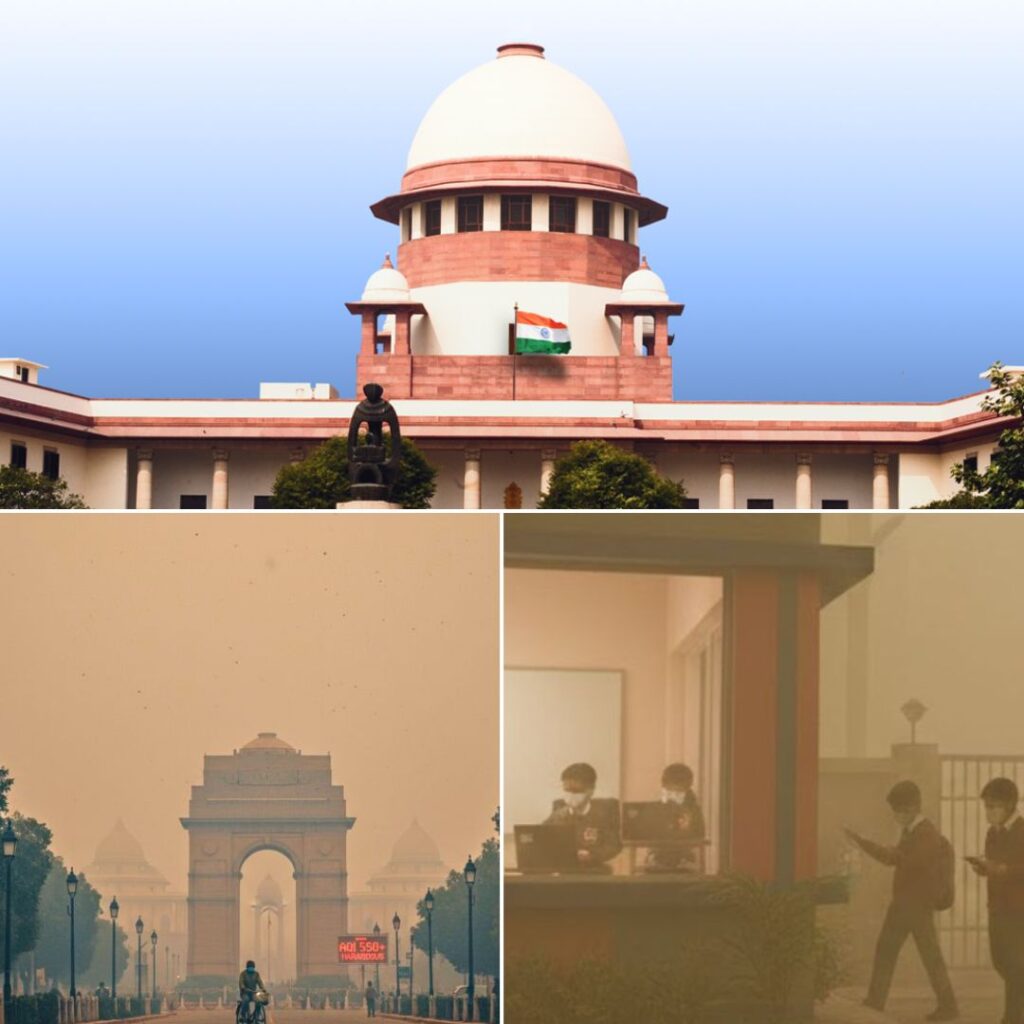Haryana has rolled out a fully paperless, online land and property registration system across all 22 districts from 1 November 2025, replacing physical documents, manual drafting and cash payments with a single digital platform that uses verified land records and digital signatures.
Officials say the move will curb tampering, forgery and corruption, speed up mutations, and let most citizens complete key steps from home, though some early glitches and adjustment issues have been reported.
The reform aims to create faster, more transparent and citizen-friendly land governance while phasing out a 58‑year‑old manual regime.
Historic Shift to Fully Digital Deeds
Under the new model, all deeds must be generated on the state’s online portal, digitally signed and automatically cross‑checked against revenue records before approval, making any manually drafted or offline deed legally invalid.
From November 1, physical deed forms have been discontinued, and manual fee collection is banned, with all stamp duty and registration charges routed through the official e‑governance payment gateway to ensure a complete audit trail.
Financial Commissioner (Revenue) Dr Sumita Misra called it a “historic leap” from a 58‑year‑old manual system to a fully paperless and citizen‑friendly model, stressing that people will be able to register property from anywhere with minimal office visits.
Key Features, Phased Rollout and Citizen Impact
The system has been rolled out in phases, starting with Babain sub‑tehsil in Kurukshetra on 29 September, then 10 more districts on 28 October, and finally the remaining districts by 1 November, covering all tehsils statewide.
Citizens can use stamp papers bought before 3 November until 15 November, change witnesses online, and benefit from faster, integrated mutation as an auto‑mutation system is slated to record ownership changes in near real time.
QR‑code based feedback kiosks and online monitoring are being introduced at tehsil offices so people can rate services and flag problems instantly, even as officials acknowledge initial technical glitches and promise rapid stabilisation.
The Logical Indian’s Perspective
Haryana’s paperless land registration reform is a bold step towards transparent, accountable and citizen‑centric governance, especially in a sector long marred by delays, disputes and mistrust.
Technology, however, must serve everyone, including rural residents, the elderly and those with limited digital access, through clear communication, support centres and strong grievance redressal.
Thoughtful implementation can turn this model into a template for other states, ensuring cleaner records and fairer deals for buyers and farmers alike.
News in Q&A
1. What exactly has Haryana changed in land registration?
Haryana has made online deed registration compulsory across all 22 districts. Only portal‑generated, digitally signed deeds are legally valid, replacing handwritten documents and cash payments. Citizens must use the state portal for forms, uploads, slots and e‑payments, with a single in‑person visit mainly for biometric verification and final execution.
2. How will the new digital system work for ordinary citizens?
People fill an online form, upload documents, pay stamp duty and fees digitally, then visit the tehsil once for biometrics and signing. The system auto‑verifies details with land records, generates three copies of the deed and sends one electronically to land‑records staff so mutation can be done quickly.
3. Why did Haryana decide to adopt a fully paperless model now?
The state wants faster, transparent and dispute‑free land governance. Officials say paper files and manual drafting encouraged delays, middlemen and tampering. Digital verification, e‑payments and auto‑mutation are meant to cut fraud, reduce human discretion and align with broader digital governance goals so citizens face fewer visits and uncertainties.
4. What safeguards and new features does the system include?
Manual fee collection is banned and all payments go through an official online gateway, creating a clear audit trail. Only portal‑generated deeds are accepted, and the software checks data against existing records. Auto‑mutation, GPS‑based demarcation and QR‑code feedback are being added to speed updates, improve accuracy and capture citizen complaints.
5. What early challenges and next steps are being seen on the ground?
Some districts report server glitches, difficulty for first‑time users and confusion around special cases like powers of attorney. Authorities are setting up help desks, training staff and allowing a short grace period for old stamp papers while they stabilise the system. The coming months will test usability and trust.











